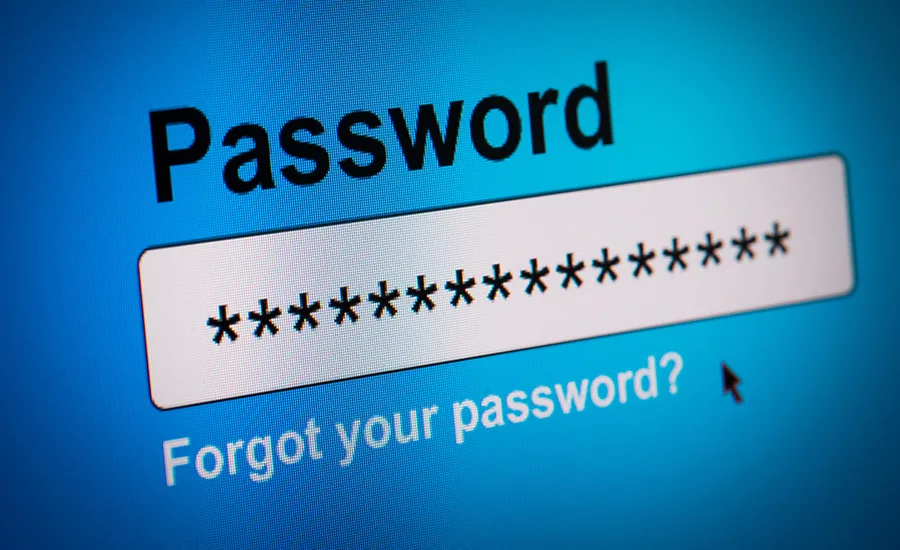U.S. Consumers' Security Habits Make Them Vulnerable to Fraud

Despite almost half of U.S. consumers (49 percent) believing their security habits make them vulnerable to information fraud or identity theft, 51 percent admit to reusing passwords/PINs across multiple accounts such as email, computer log in, phone passcode, and bank accounts. That is according to Shred-it's Consumer Fraud Awareness Survey.
Consumers are not only putting their digital security at risk, but their habits toward physical information security also make them vulnerable to fraud or identity theft. While nearly two in 10 consumers (17 percent) are concerned that they could fall victim to a physical security breach, nearly three in 10 consumers (27 percent) admit they do not shred paper or physical documents containing sensitive information before throwing them away.
"The Consumer Fraud Awareness Survey demonstrates how today's consumers are becoming increasingly vulnerable to fraud or identity theft due to lax information security habits," said Monu Kalsi, Vice President, Shred-it. "With International Fraud Awareness Week on the horizon, this is an excellent time for information security leaders to share critical tips and advice with consumers on how they can improve their security habits to ensure they're better protected from a data breach."
Although consumers may be inadvertently putting their own information security at risk, the study also found they don't trust companies to keep their personal information safe. Forty-three percent of consumers believe the personal information they share with brands and companies today could be vulnerable to a security breach. With that, 40 percent say they would stop doing business with a brand or company if they previously suffered a security breach.
Additional findings from the survey include:
Consumers are unsure how to determine if they were victims of fraud and do not understand how to report and remediate fraud/identity theft.
- More than one-third of consumers (39 percent) have been a victim of fraud or identity theft.
- Nearly three in 10 consumers (27 percent) admit that they do not know how to find out if they've become a victim of fraud or identity theft.
- When asked how they found out they were a victim of fraud, 33 percent found out by monitoring their own accounts for suspicious activity, 29 percent were alerted by a business about a security breach of their information and 24 percent discovered it by accident.
- One in five consumers (20 percent) admit that if they became a victim of fraud, they would not know how to report and remediate it.
Consumers believe they can identify fraudulent emails or calls.
- While the majority of consumers (72 percent) think they could determine if an email or phone call they receive is part of a fraudulent scam, 16 percent of consumers say they could not and another 12 percent of consumers don't know.
- Baby Boomers (66 percent) are the least likely to believe they could determine if an email or phone call they receive is part of a fraudulent scam or not, compared to Gen Zs (72 percent) and Millennials (74 percent).
Consumers store paper documents containing sensitive information in risky ways.
- Nearly 30 percent of consumers store paper documents containing sensitive, personal information in a box, desk drawer or unlocked cabinet at home or work.
- More than one in five consumers (22 percent) admit to not storing or keeping paper documents containing sensitive information.
Baby Boomers have some of the safest information security habits, despite stereotypes suggesting otherwise.
- Baby Boomers (47 percent) are the least likely to reuse passwords/PINs across multiple accounts such as email, computer log in, phone passcode and bank accounts, compared to Millennials (55 percent) and Gen Zs (61 percent).
- Baby Boomers (26 percent) are the least likely to store paper documents containing sensitive, personal information in an unlocked cabinet at home or work, compared to Millennials (33 percent) and Gen Zs (31 percent).
- Baby Boomers (80 percent) are more likely to shred paper or physical documents containing sensitive information before throwing them away, compared to Millennials (67 percent) and Gen Zs (69 percent).
- More than nine in 10 (91 percent) Baby Boomers closely monitor their financial account activity such as bank statements, credit reports and credit card statements each week, compared to Millennials (85 percent) and Gen Zs (86 percent).
Looking for a reprint of this article?
From high-res PDFs to custom plaques, order your copy today!





